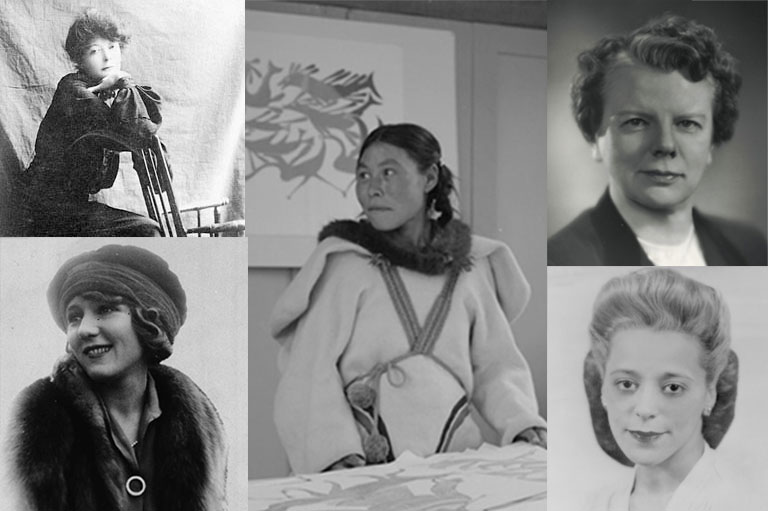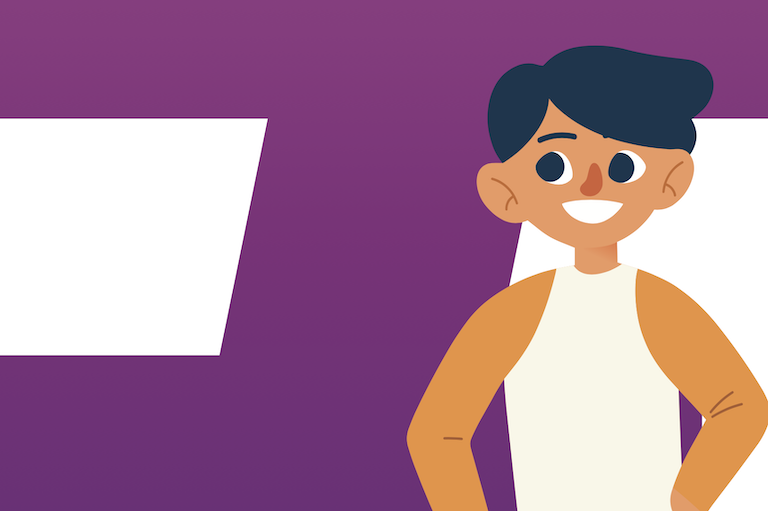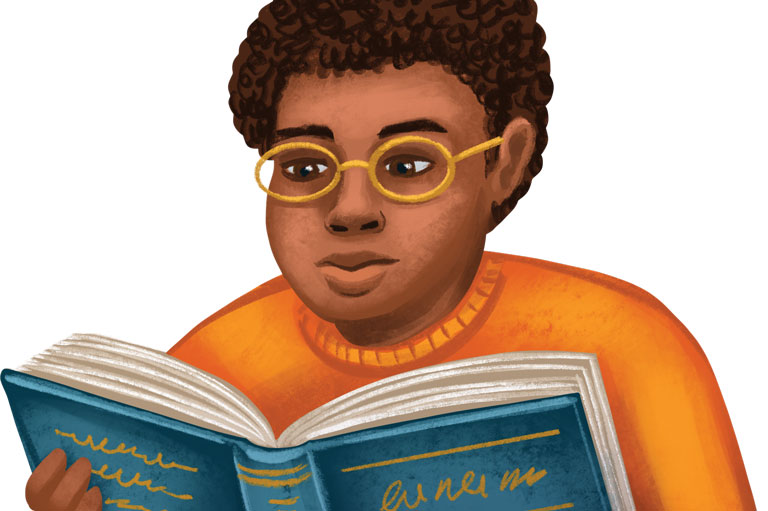Reproducing Historical Objects from Canadian History
Grade Level: 9/10, 11/12
Subject Areas: Social Studies/History/Geography/French/Civics
Time Required: 1 class period for explanation to students; 1 to 3 periods to carry out research on the object; variable time at home depending on the complexity of the object to be reproduced chosen by the student; 1 hour to complete the item description sheet
This lesson is inspired by the special issue 50 Merveilles de nos musées : Les plus beaux trésors de la francophonie canadienne.
Lesson Overview
In this lesson, students will reproduce a historical object relating to the history of Canada and consider the historical significance of objects of all kinds from Canadian material culture.
Historical Thinking Concepts
- Establish historical significance
- Use primary sources
- Identify continuity and change
Learning Outcomes
This educational activity aims to promote and enhance the arts, history and cultural heritage through the reconstruction of an object. The activity offers students the chance to experience a learning situation that integrates culture, history, art, French or English, and information and communications technologies. The interdisciplinary elements allow for cultural integration:
History:
- Historical research on an object in the context of the historical period that interests the student
- Reproduction of an object
Art:
- Reproduction of an object
French or English:
- Writing the text of the descriptive sheet of the object for its presentation to the public
Information and communications technologies:
- Transcription of the descriptive sheet of the object into a digital format according to a framework with precise standards / Reproduction in 3D printing when available
Students will:
- Develop interest and knowledge in Canadian history;
- Become aware of the complexity for our ancestors of creating everyday objects with the means at their disposal;
- Understand the logic behind objects, their usefulness and relevance, the materials used, the symbolism, the colours and the legends that surround them; and,
- Proudly share new knowledge and achievements with peers and the public in recognized cultural venues.
Background Information
Students must reproduce a historical object relating to the history of Canada. From this perspective, students reproduce objects according to their own skills. Some will opt for sculpture, pottery, drawing, canvas painting, calligraphy, clothing making, sewing, cooking, music, etc. 3D printing can even be used, as it can reproduce micro-details that are impossible to produce with conventional tools.
Lesson Activity
Activating:
The teacher prepares the students by leading them to think about the lives of their ancestors and the conditions in which they would have found themselves. The teacher tasks the students with researching and then reproducing a historical object. The teacher approves each student's choice of object and helps identify the practicalities of reproducing it, confirming the choice of references, materials, techniques and tools, and guiding the student through the reproduction as necessary. The teacher will additionally provide advice and supervision for the writing of the descriptive text. Finally, the teacher will provide feedback on the process.
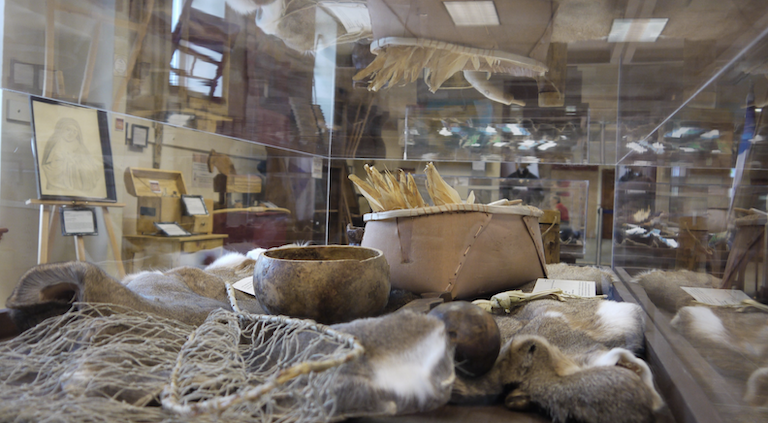
Acquiring:
Following their reflection on the environment of their ancestors, students will face a choice about which object they wish to create. Students can brainstorm about the elements that are interesting them, the materials required and available, possible ways of proceeding, the relevant information collected following research, and any other ideas. In the creation stage, students often seek help and develop intergenerational relationships.
The production of the descriptive sheet following a precise framework achieves two objectives. The first is to allow students to analyze their creations, to reflect on what it means to them and the ways it makes them curious to learn. The second aims to prepare student work for presentation to their peers and the public. (*The documents “How to plan your reproduction” and “Student document” are given to each student).
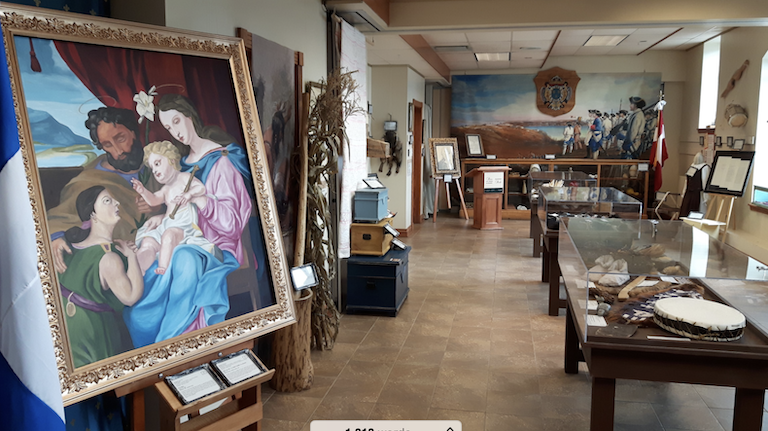
Applying:
Each student will have the chance to present their work at a local or regional exhibition. An explanatory text describing the object is produced by students and encourages them to increase their knowledge of the object in question. This text is used to present the objects and inform the public during exhibitions. Then, part of the exhibition can be presented in a recognized regional or provincial cultural venue when the opportunity allows.
This partnership project between educational institutions and museums immerses young people in the heart of their history. For example, an exhibition of objects reproduced by students has been presented every year for 15 years at the Plains of Abraham Museum in Quebec. Presented for 65 days in an exhibition visited by 35,000 people annually, the approximately 150 reproductions of objects proved to be the most motivating presentation of learning for the students and a remarkable success for the advancement of the school and museum practice. This educational opportunity offers an unexpected platform for promoting student work.
The following video from a report by the Journal Le Soleil, le quotidien de Québec, shows a summer exhibition of historical objects reproduced by students and presented at the Plains of Abraham Museum in Quebec. Please note this video is in French only.
Materials, resources and references
- *Document “How to plan your reproduction”
- *Document “Student document”
- *Document “Links to find an object to reproduce”
- *Document “General information”
- *Document “Photographs and additional information”
- *PowerPoint “3D reproduction”
Themes associated with this article
- Environment & Geography
- French Canada
- Peace & Conflict
- Settlement & Immigration
- Women
- Arts, Sports & Culture
- Discover Your Community
- First Nations, Inuit & Metis
- Industry, Invention & Technology
- Ethnography
- Media & Communications
- War and the Canadian Experience
- National Politics
- Provincial/Territorial Politics
- Social Justice
- Treaty Knowledge
- Decolonization
- Canadian Identity
- Religion & Spirituality
- Canada and the Global Community
Advertisement

